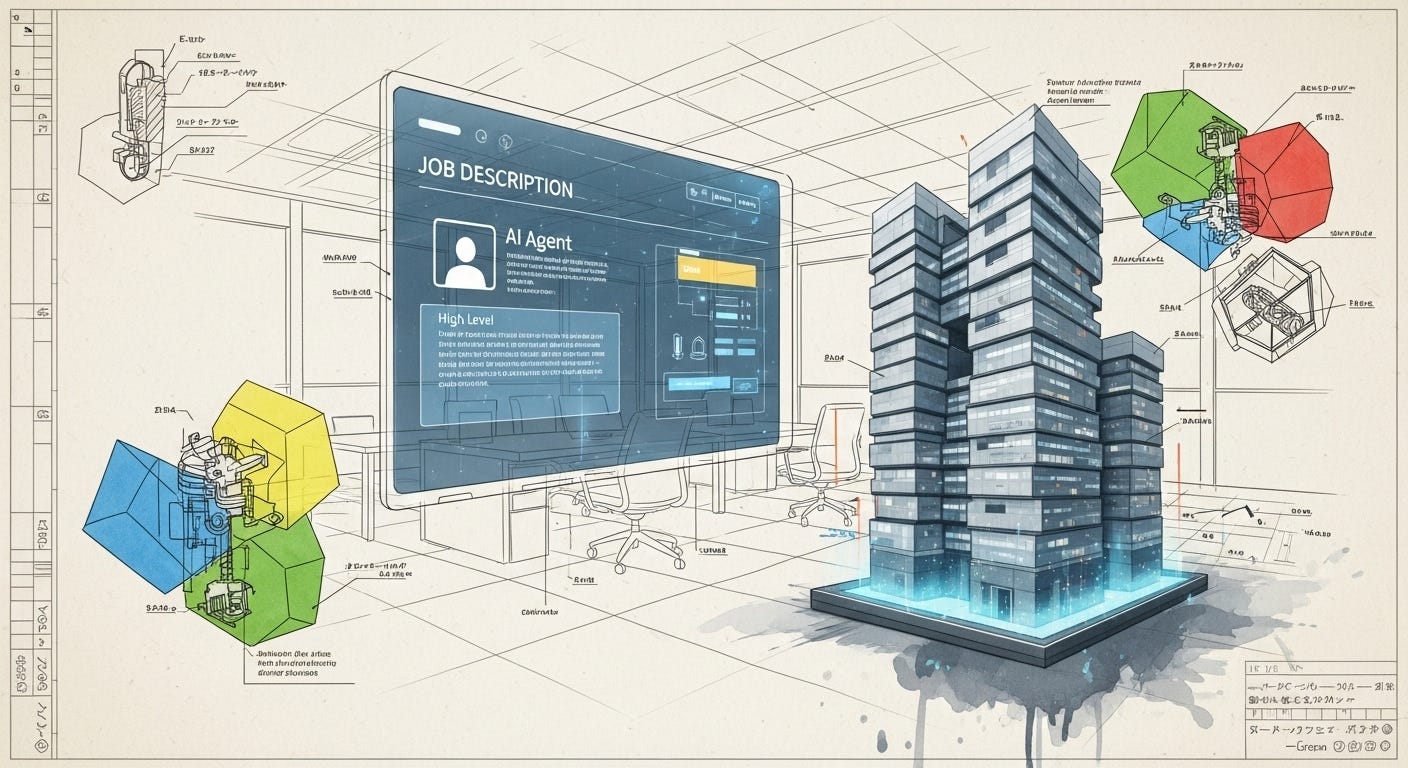GPT-5 Just Launched: The 48-Hour Window to Build Your $10K/Month Micro-SaaS
Yesterday, AI was your co-pilot. Today, it's your one-person dev team. Here's the step-by-step guide to building and selling autonomous agents with it.
The launch of GPT-5 isn't another incremental update. It's a categorical shift in what's possible for a solo entrepreneur or a small, agile team. OpenAI CEO Sam Altman isn't just hyping when he calls it a "Ph.D-level expert." He's handing you the blueprint for a new kind of company. While most of the 700 million users will use it to write better emails,…
Keep reading with a 7-day free trial
Subscribe to Tide Prompt to keep reading this post and get 7 days of free access to the full post archives.


